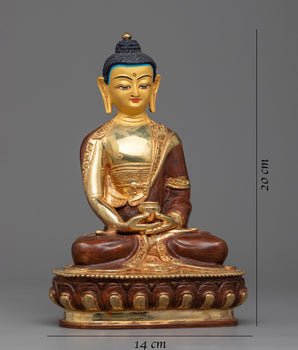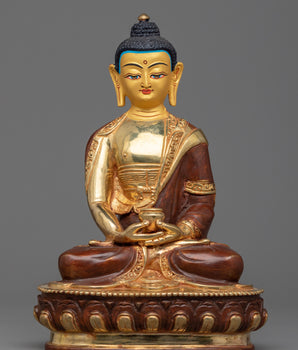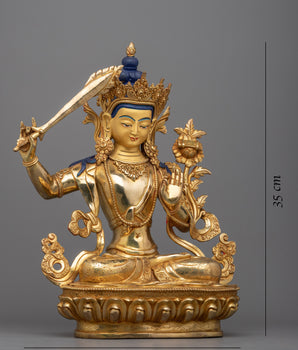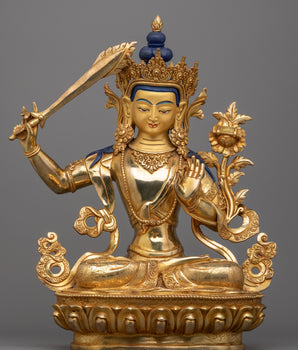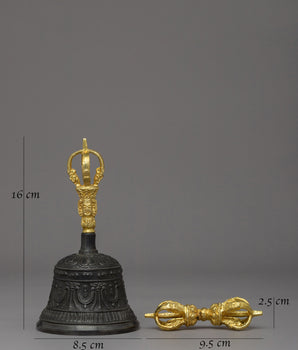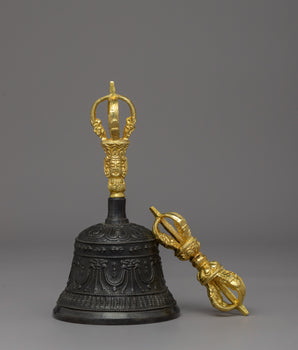









Tibetan Phurba Ritual Tool | Symbol for Spiritual Protection

100% AUTHENTIC

HANDMADE

FREE SHIPPING
Exquisite Tibetan Phurba Ritual Tool | Buddhist Ritual Dragger
--------------------------------------------
Size: 45cm (Height) x 11cm (Width)
Weight: 2.62kg
Material: Iron
--------------------------------------------
About The Ritual Item :
The Tibetan Phurba Ritual Tool is a finely handcrafted iron dagger, standing 45cm tall and weighing 2.62kg, designed for spiritual protection and energy channeling. Its intricate symbolism embodies divine power, making it essential in Tibetan Buddhist ceremonies to dispel negative energies and enhance meditation focus. Beyond its ritual use, this phurba serves as a meaningful sacred artifact, appealing to spiritual practitioners and collectors alike. Its presence can help maintain a protective, serene environment, supporting your spiritual journey with authenticity and traditional craftsmanship.
The Tibetan Phurba Ritual Tool carries profound spiritual meaning rooted in Tibetan Buddhist tradition. Crafted from iron, it symbolizes strength and grounding, essential qualities for cutting through obstacles and clearing negative energies. Its intricate design reflects exceptional artistry, making it not only a functional ritual implement but also a captivating piece to display. Used widely in ceremonies and meditation, this tool helps create sacred space, fosters spiritual clarity, and acts as a powerful protective talisman. Whether placed on an altar or held during personal practice, the phurba invites focused energy and heightened spiritual awareness, enhancing your journey by enabling you to overcome challenges and maintain a balanced, serene state of mind.
Introduction To The Phurba :
The ceremonial dagger (Sanskrit: Kila; Tibetan: phurba) is essential for expelling evil and is considered particularly effective in neutralizing the forces obstructing Tantric Buddhist practice. It has ancient origins, first appearing in the Indian Rig Veda as the core blade of the vajra used by Indra to destroy the primordial cosmic snake Vritra. Kila, derived from Sanskrit, was most likely associated with Vedic sacrifices. Meditation on the Vajrakila Tantra, an early Indian scripture first promoted in Tibet in the eighth century by Padmasambhava, one of the founding teachers of Tibetan Buddhism, is used to invoke the three-headed Vajrakila Buddha.
How to Set Up Your Buddhist Shrine?
Find a clean, quiet, and uncluttered spot.
Please set up an altar table and cover it with an altar cloth that calls to you.
Place your sacred item (statue, thangka, or a picture of Buddha) at the center.















